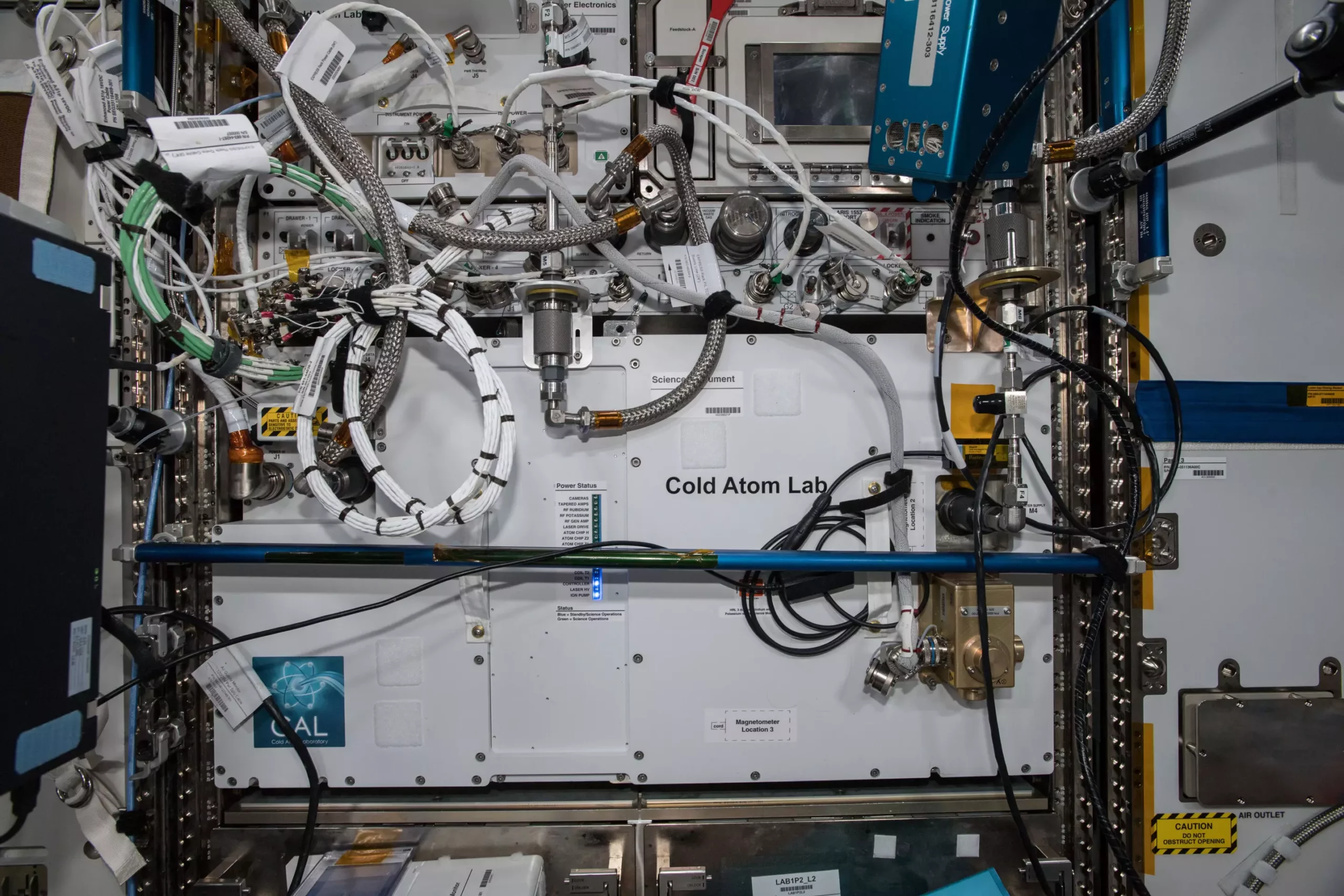NASA’s Cold Atom Lab, a groundbreaking facility on the International Space Station, is making strides in utilizing quantum science in space exploration. The lab’s recent study, published in Nature Communications, showcased the use of ultra-cold atoms to detect vibrations on the space station, marking a significant advancement in space-based quantum research.
The Cold Atom Lab’s science team utilized an atom interferometer to measure gravity, magnetic fields, and other forces in the space environment. This quantum tool has the potential to provide valuable insights into the fundamental nature of gravity and advance technologies used in aircraft and ship navigation. The deployment of this technology in space has been a long-awaited development due to the enhanced measurement times and sensitivity offered by microgravity conditions.
Potential Applications of Space-based Sensors
Space-based sensors capable of high-precision gravity measurements have a wide range of applications, including assessing the composition of celestial bodies in our solar system and tracking movements in Earth’s hydrological cycle. Additionally, atom interferometry could yield valuable data on dark matter, dark energy, and Einstein’s theory of general relativity, offering new perspectives on cosmological mysteries.
The Cold Atom Lab, roughly the size of a minifridge, was launched to the space station in 2018 with the primary goal of advancing quantum science in a microgravity environment. By cooling atoms to near absolute zero, the lab can create Bose-Einstein condensates, a state of matter where quantum properties become macroscopic and easier to study. These innovative quantum technologies have the potential to deepen our understanding of fundamental physical phenomena.
The atom interferometer on the Cold Atom Lab enables precise measurements by leveraging the wave-like behavior of atoms. With the ability of a single atom to travel along two distinct paths simultaneously, scientists can observe and analyze gravitational and other influences on these atomic waves. The insights gained from these experiments could pave the way for transformative discoveries and cutting-edge quantum technologies with widespread applications.
NASA’s Cold Atom Lab represents a significant step forward in the integration of quantum science with space exploration. By pushing the boundaries of what is possible in microgravity environments, this innovative facility is poised to unlock new realms of knowledge and help shape the future of quantum technologies. As we look ahead to the quantum future envisioned by scientists and researchers, the Cold Atom Lab stands as a testament to human ingenuity and the relentless pursuit of scientific discovery in the cosmos.


Leave a Reply